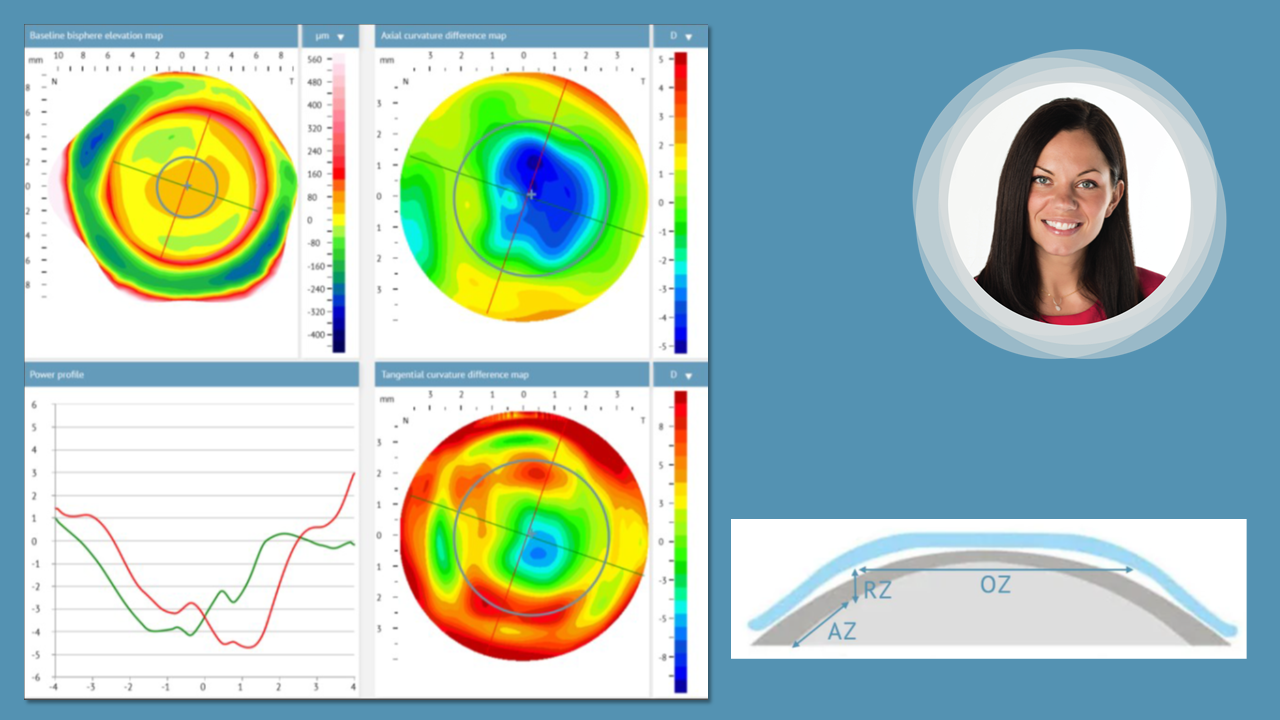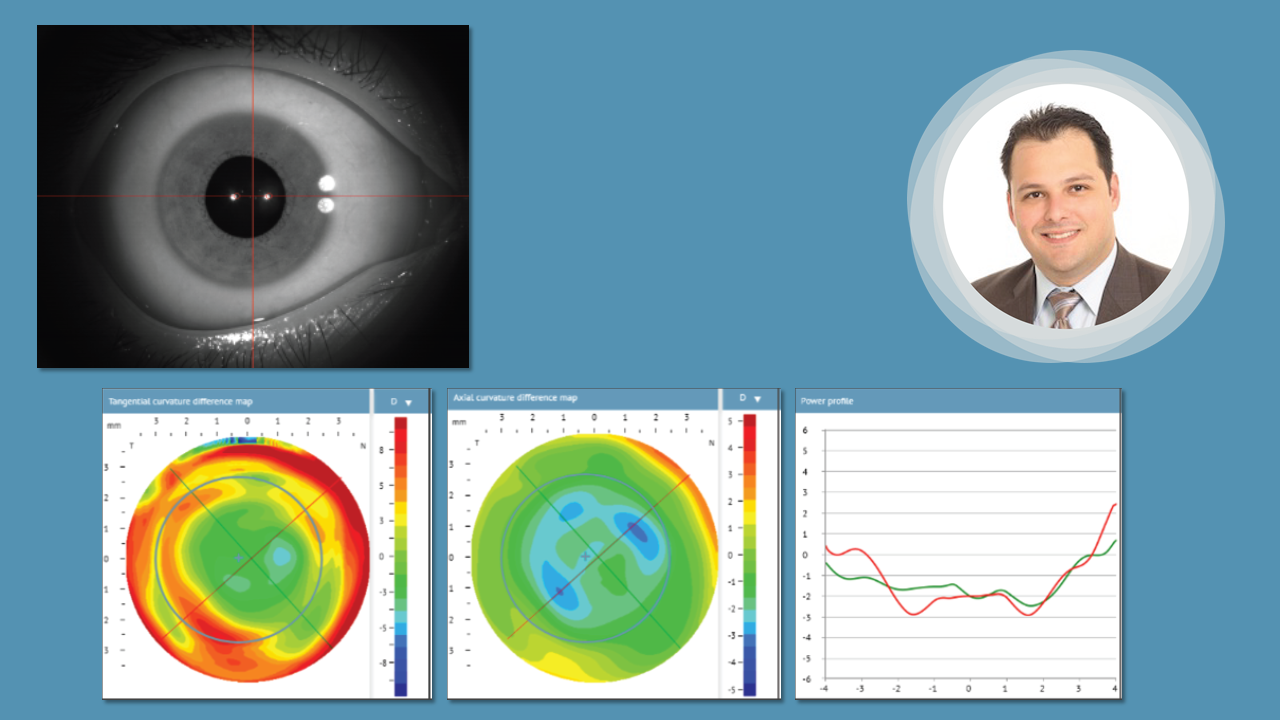Orthokeratology fitting with profilometry
The Eye Surface Profiler (ESP) offers the precise limbus-to-limbus topography required for successful OrthoK fitting.
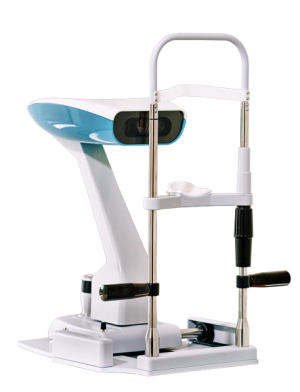
The ESP has revolutionized the way scleral lenses are fit. The same precision can now be applied to OrthoK fitting.
OrthoK clinical application with the ESP
The Eye Surface Profiler (ESP) offers an OrthoK module to fit and provide precise follow-up care for orthoK patients.
- Easy and fast measurement process
- Complete limbus-to-limbus coverage
- Algorithms for prediction of the initial lens
- Intuitive software for patient follow-up
If you want to see a demo of the application, you can request one here.

OrthoK Fitting Guide with the ESP
- MAKE A MEASUREMENT
Use the ESP to get a scan of the complete cornea, limbus to limbus.
- SAVE THE SCAN AS BASELINE
Remember that these baseline scans are the most important as these will be used for your comparisons to treatment maps going forward.
- SELECT LENS DESIGN
Go to the First Lens Fit OrthoK tab and select the Supplier and Lens you want to design. Click on Calculate and all the first lens parameters will be calculated, including the lens diameter based on the HVID value.
-
MAKE A FOLLOW UP MEASUREMENT
Use the ESP to get a follow up scan of the complete cornea.
- ASSES LENS FITTING
Use the automatic generated difference maps to compare the follow up maps to the baseline scans: | Axial curvature and Power profile maps give you data about the change in corneal power (Figure 1 & 2). | Tangential curvature map shows you the lens position and is most helpful to evaluate lens centration (Figure 3).
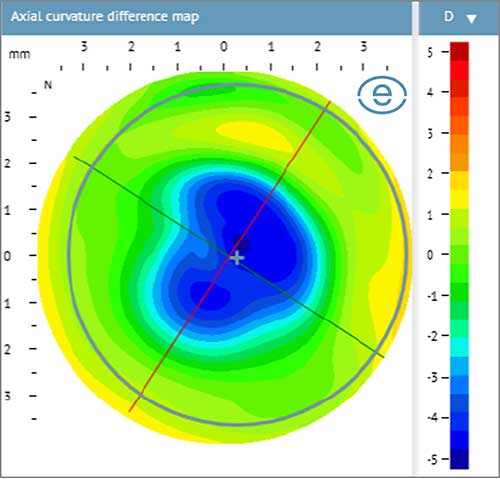
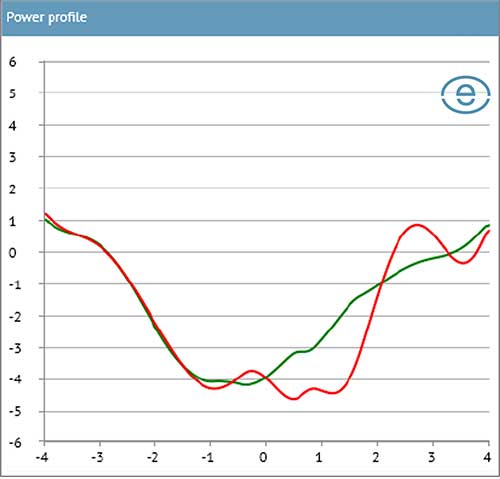

LEARN FROM THE EXPERTS ABOUT FITTING ORTHOK WITH PROFILOMETRY
CASE REPORTS:
Videos and webinars:
DirectConnect with Paragon CRT
Profilometry-based OrthoK fitting
DirectConnect with WAVE
Overnight orthokeratology (orthok)
On-label orthokeratology prescribing is typically for patients with myopia up to -6.00D and less than 1.75D of astigmatism. OrthoK fitting regimens overcorrect patients by different compression factors (Jessen Factors) since the treatment is known to regress over the course of the day.
OrthoK for myopia management
Children under 12 diagnosed with myopia are at greater risk of developing high myopia, which may lead to sight threatening disease later in life. Numerous studies have reported the efficacy of orthoK treatment option to control myopia: overnight orthokeratology is effective in slowing myopia progression.

